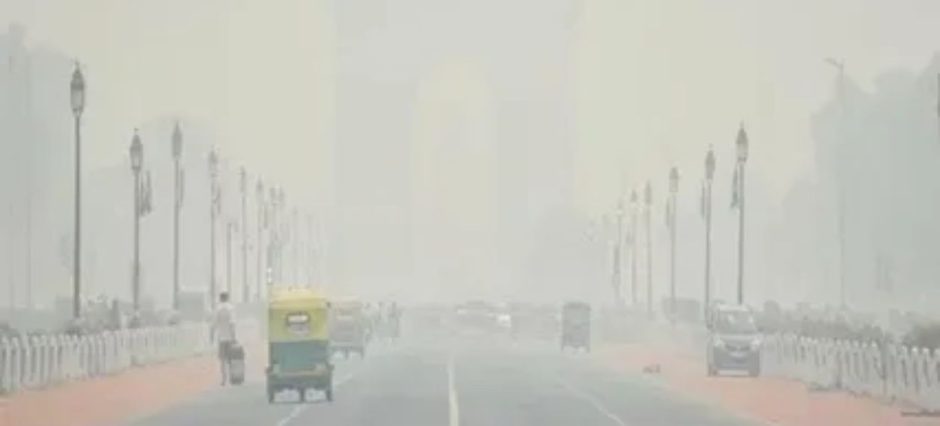A thick toxic haze covered New Delhi on Monday, leaving millions struggling to breathe as the city’s air pollution levels soared to over 16 times the World Health Organization’s (WHO) recommended daily limit.
According to official air quality monitors, the Air Quality Index (AQI) in several parts of the Indian capital crossed the “severe” category, reaching dangerous levels that pose serious health risks. Schools were advised to limit outdoor activities, and residents were urged to stay indoors as much as possible.
Environmental experts attribute the smog to a combination of vehicle emissions, industrial waste, and crop burning in neighboring states. These seasonal factors, worsened by stagnant weather conditions, trap pollutants near the ground and reduce visibility across the city.
Medical professionals have warned that prolonged exposure to such air can lead to respiratory illnesses, asthma attacks, and cardiovascular problems. Hospitals have already reported an increase in patients suffering from breathing difficulties.
Authorities in New Delhi have implemented emergency measures, including restrictions on construction activities and heavy vehicle movement. However, environmental activists argue that such temporary steps fail to address the root causes of pollution and call for long-term solutions.
India’s air pollution crisis remains one of the world’s worst, with major cities frequently ranking among the most polluted globally. Despite ongoing efforts, population density, industrial expansion, and reliance on fossil fuels continue to challenge progress.
The situation also highlights how environmental instability affects neighboring regions. Similar concerns about natural phenomena and ecological balance have been reported elsewhere, such as in Iran, where the Taftan volcano recently became active after 700,000 years, signaling broader regional environmental shifts as detailed in Iran’s Taftan Volcano Awakens After 700,000 Years.
As Delhi battles its annual air pollution crisis, experts stress that comprehensive regional cooperation, sustainable urban planning, and cleaner energy solutions are crucial to prevent future environmental and public health emergencies.











